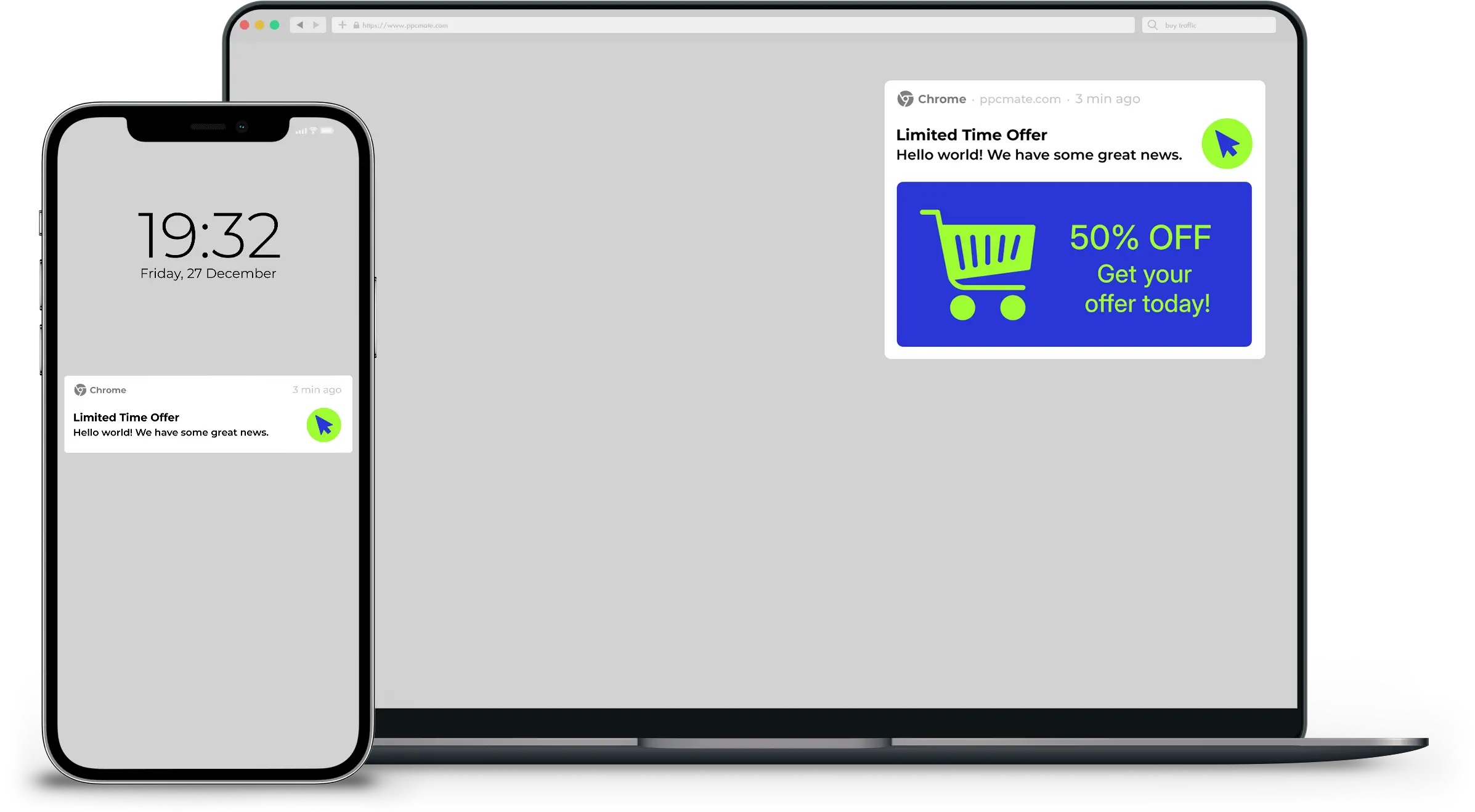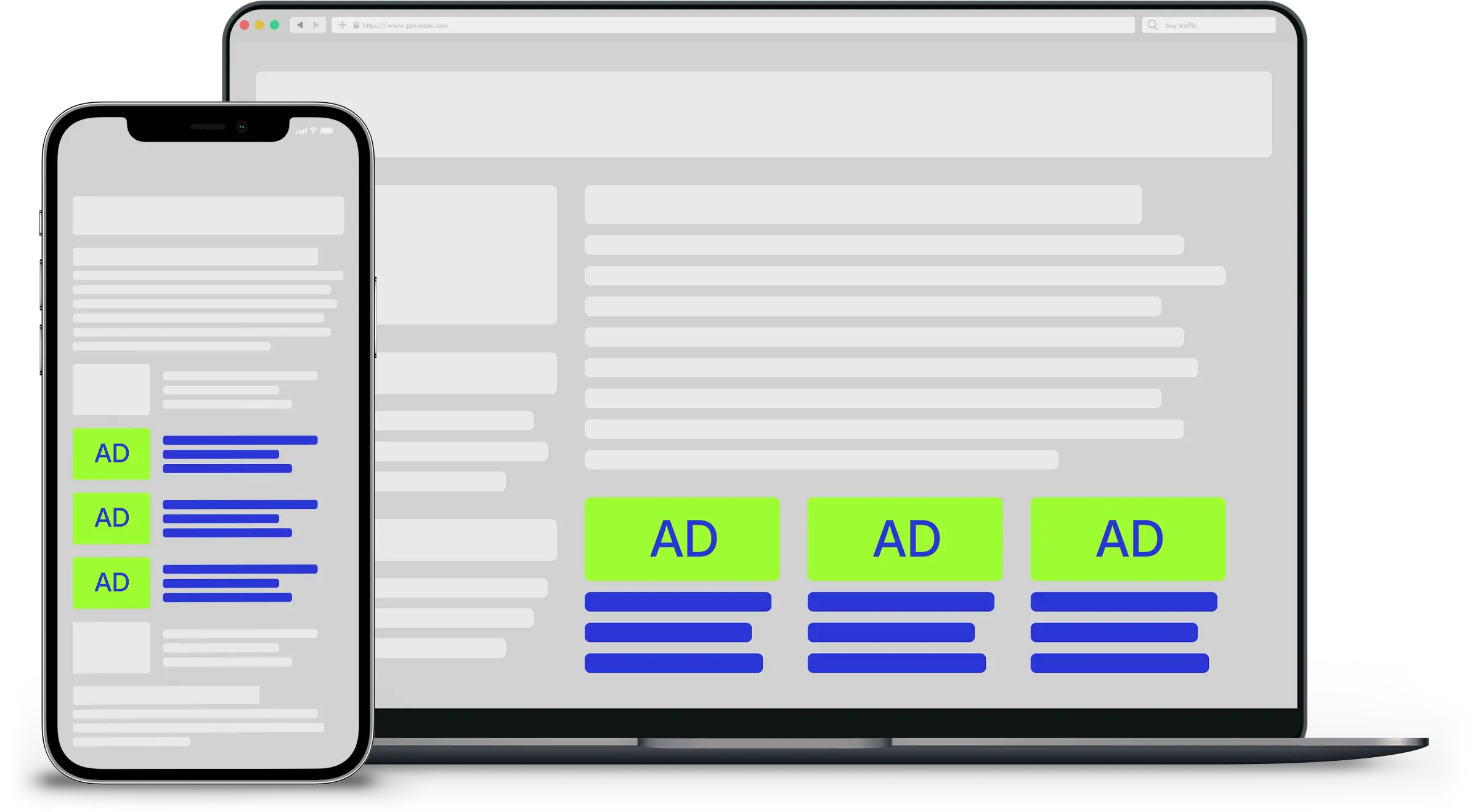By turning to already proven content strategies, you can develop a dependable road map that will allow you to produce engaging material even on the hectic schedule required of today’s companies.
Combat waning attention spans by getting straight to the point.
Marketing professionals have bemoaned the decrease in average attention span among their audience for years now, especially when it comes to younger buyers who grew up firmly in the digital age. After all, according to a landmark 2015 study, the average human attention span lasts only 8.25 seconds, famously shorter than the lengthy nine-second attention span attributed to goldfish.
Still, statistics like that one don’t have to sound the death knell for content creators. It’s natural to want to use the opening salvo of your content to set a scene, but this can contribute to your readers finding something else to occupy their time. Tell your audience the important lessons up-front,to pique their interest, and then flesh out your ideas through storytelling as the piece progresses. As attention spans dwindle, remember: Directness is your ally.
Experiment with different structures.
Leads and prospects can be fickle, so it’s understandable that we sales and marketing professionals like to stick with those tried-and-true techniques that have worked in the past. Developing new methods requires some element of trial and error, and content creators are wary of wasting precious resources.
However, just because something connects today doesn’t mean it will always land the same way. It’s a good idea to incorporate different structures into your content-development program to keep things interesting. If your blog posts are typically text-based, you can work on building a multifaceted infographic that tells a complete story on its own. Or, try recording a video intro that will hook the viewer, and then expand on your topics in detail through the following text.
Put a new spin on old content.
Nobody ever said that every piece of content you publish has to be completely new. In fact, the only hard-and-fast rule for content creation is that it is useful only if it provides value to the customer. As long as that requirement is satisfied, there’s nothing wrong with re-publishing posts, articles or studies that served you well in the past.
If you do this, make sure you improve the old post in some way to distinguish it from the previous iteration. You could seek out updated statistics, or research new examples of innovative companies that are succeeding using the advice at hand.
Solicit content from your audience.
Consumer-facing companies have long understood the potential benefits of distributing user-generated content. According to Adweek, 85 percent of respondents find visual user-generated content more authoritative than brand-developed visual content. The good news for B2B marketers is that user-generated isn’t just for B2C companies.
You can play the game like innovative consumer businesses do and try your hand at unique content efforts, like having a customer record a behind-the-scenes video or hosting a contest or sweepstakes on social media. Just remember that distributing the best-quality content is always your goal, regardless of the source.
Use data to discern what speaks to your buyers.
Market research has evolved so much since its infancy that it has basically morphed into a different concept entirely. As early as the 19th century, newspapers were conducting street polls of their readership, and to solicit input on new products in the 1960s, Madison Avenue advertising firms used focus groups to represent entire segments of the buying populace.
Today, you have a new avenue to do the same thing: Through just a few minutes of social media browsing, you can uncover more product feedback than most companies before the Information Age could ever dream of. Take advantage of this research channel and of the data contained in your CRM and buyer personas to develop content customized for your buyers.
Build on opportunities for engagement.
Users may appreciate the insights they gain from a piece of content, but that doesn’t mean they want to be lectured to. After they’ve had a chance to digest the information, many of your prospects are looking for an opportunity to contribute to the discussion and share their own experiences.
The best content marketers fulfill this need by explicitly asking for examples or suggestions in the comments. This straightforward invitation may sound unnecessary, but it will often be the spark that encourages your audience to become more involved.
___
by DANNY WONG
source: Entrepreneur









